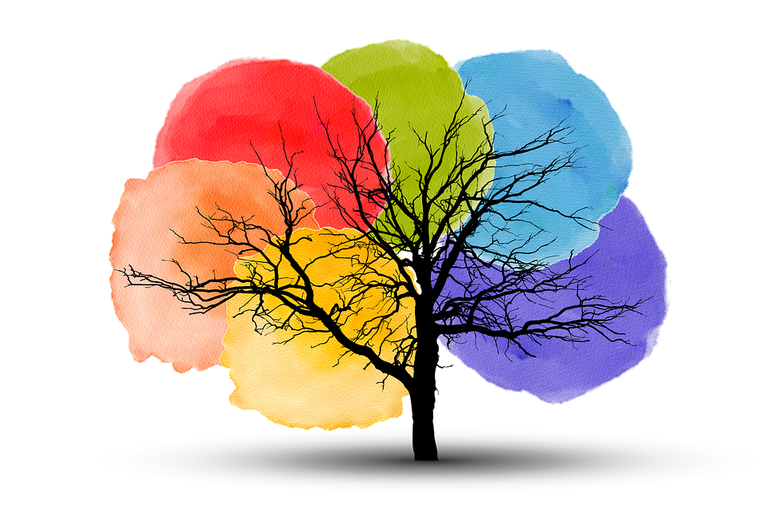**Title: "The Evolution of Storytelling in Video Games

The Secret Lives of Urban Wildlife
Urban areas are often seen as concrete jungles, but beneath the bustling streets and towering skyscrapers lies a vibrant world of wildlife. From raccoons rummaging through garbage bins to hawks soaring above city parks, urban wildlife is more prevalent than many realize. In this post, we’ll explore the fascinating lives of these creatures and how they adapt to city living.
The Resilience of Urban Wildlife
Urban wildlife has shown incredible resilience in adapting to human-dominated landscapes. Many species have learned to thrive in environments that were once inhospitable. Here are a few examples:
Raccoons: Known for their intelligence and dexterity, raccoons have become adept at navigating urban environments. They are often seen scavenging for food in trash cans and dumpsters, showcasing their resourcefulness.
Pigeons: Once considered pests, pigeons have become a staple of city life. Their ability to find food in urban settings and their rapid breeding cycles have allowed them to flourish.
Coyotes: These cunning canines have expanded their range into urban areas, often seen in parks or even residential neighborhoods. Coyotes play a crucial role in controlling rodent populations, making them beneficial to city ecosystems.
The Hidden Habitats
Urban wildlife often finds refuge in unexpected places. Here are a few hidden habitats where these animals thrive:
Parks and Green Spaces: City parks provide essential green spaces for wildlife. They offer food, shelter, and breeding grounds for various species, from birds to small mammals.
Roofs and Balconies: Many urban animals, such as bats and birds, utilize rooftops and balconies as nesting sites. Green roofs and urban gardens also attract pollinators like bees and butterflies.
Waterways: Rivers, lakes, and ponds in urban areas serve as vital habitats for aquatic wildlife. These waterways support fish, amphibians, and a variety of birds, creating a rich biodiversity within the city.
The Importance of Urban Wildlife
Urban wildlife plays a crucial role in maintaining ecological balance. They contribute to pollination, pest control, and the overall health of urban ecosystems. Here are some benefits of having wildlife in our cities:
Biodiversity: Urban wildlife contributes to the overall biodiversity of an area, which is essential for ecosystem resilience.
Education and Awareness: Observing wildlife in urban settings can foster a greater appreciation for nature and encourage conservation efforts.
Mental Health: Interacting with nature, even in urban environments, has been shown to reduce stress and improve mental well-being.
How to Support Urban Wildlife
You can play a part in supporting urban wildlife by making small changes in your daily life:
Create Wildlife-Friendly Spaces: Plant native plants in your garden or balcony to provide food and shelter for local wildlife.
Reduce Chemical Use: Avoid using pesticides and herbicides that can harm wildlife.
Respect Their Space: Observe wildlife from a distance and avoid disturbing their habitats.
Conclusion
The secret lives of urban wildlife are a testament to nature's adaptability and resilience. By recognizing and supporting these creatures, we can create a harmonious coexistence between humans and wildlife in our cities. Next time you step outside, take a moment to appreciate the vibrant life that surrounds you—there’s a whole world of wildlife waiting to be discovered!
Feel free to share your experiences with urban wildlife in the comments below! What animals have you spotted in your city? 🦉🌿🐾

All images are taken from the Pixabay.com